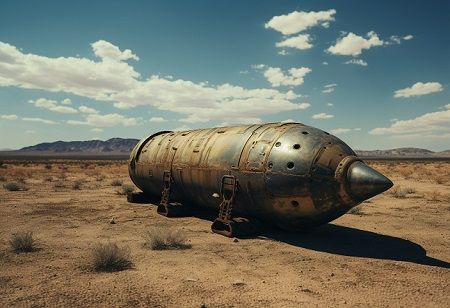
Eighty years ago this August, the US dropped atomic bombs on Hiroshima and Nagasaki, killing tens of thousands and ending World War II, while ushering in the nuclear age. Today, a new atomic arms race is emerging, sparked not by traditional threats from Russia, China, or North Korea, but by President Donald Trump’s trade war and his threats to withdraw the US defense umbrella. This has made the world increasingly dangerous, not only for Asia but also for Americans.
For decades, Asian countries have relied on the US for deterrence, but this is now uncertain. As a result, US allies like Japan and South Korea are considering developing their own nuclear arsenals, weighing both the economic and political implications. Meanwhile, India and Pakistan’s growing supply of warheads escalating an already volatile conflict, especially amid rising tensions in Kashmir. Trump’s insistence that the US is being shortchanged by defense deals overlooks the historical lessons learned after the devastation of Hiroshima and Nagasaki. Since then, US presidents have focused on limiting the spread of nuclear weapons, with treaties and agreements successfully curbing proliferation.
However, Trump’s rhetoric, including suggesting that Japan and South Korea might need their own nuclear capabilities, is influencing public opinion. A recent survey shows strong support for nuclear weapons in South Korea. If countries like South Korea or Japan pursue nuclear weapons, it could trigger a domino effect in the region. This situation is particularly concerning in Southeast Asia, where nations may reconsider their stance on nuclear weapons if larger powers ramp up their arsenals.
The US should engage with Asian governments to address their defense concerns and reaffirm its commitment to deterrence. Expanding initiatives like the Nuclear Consultative Group with South Korea could help ease regional anxieties and prevent a more dangerous global arms race.
We use cookies to ensure you get the best experience on our website. Read more...